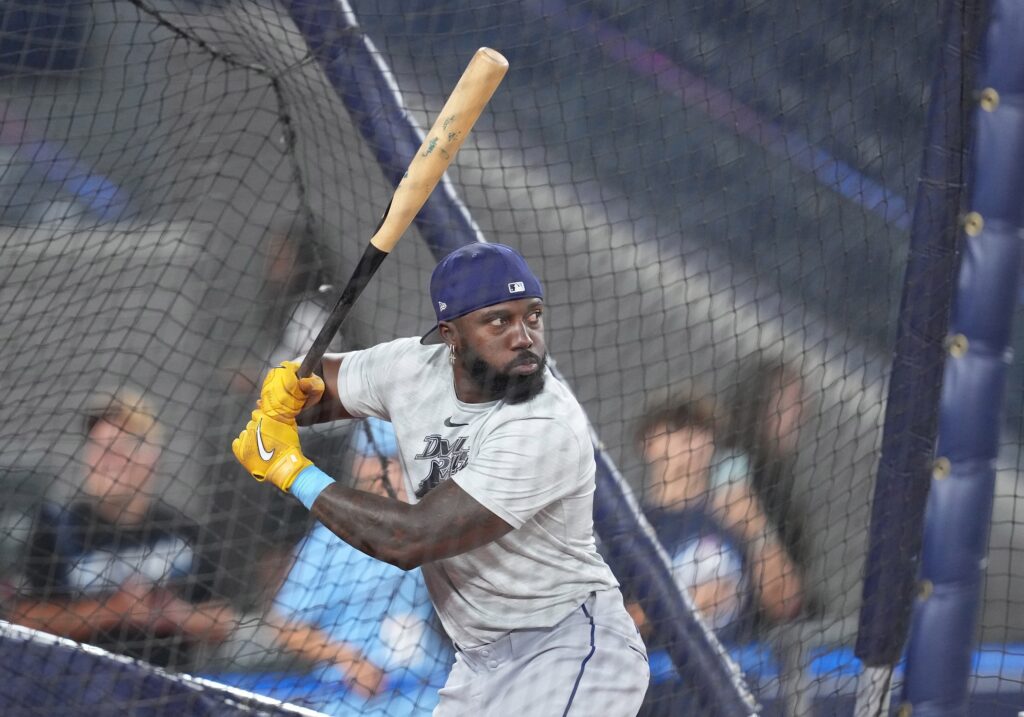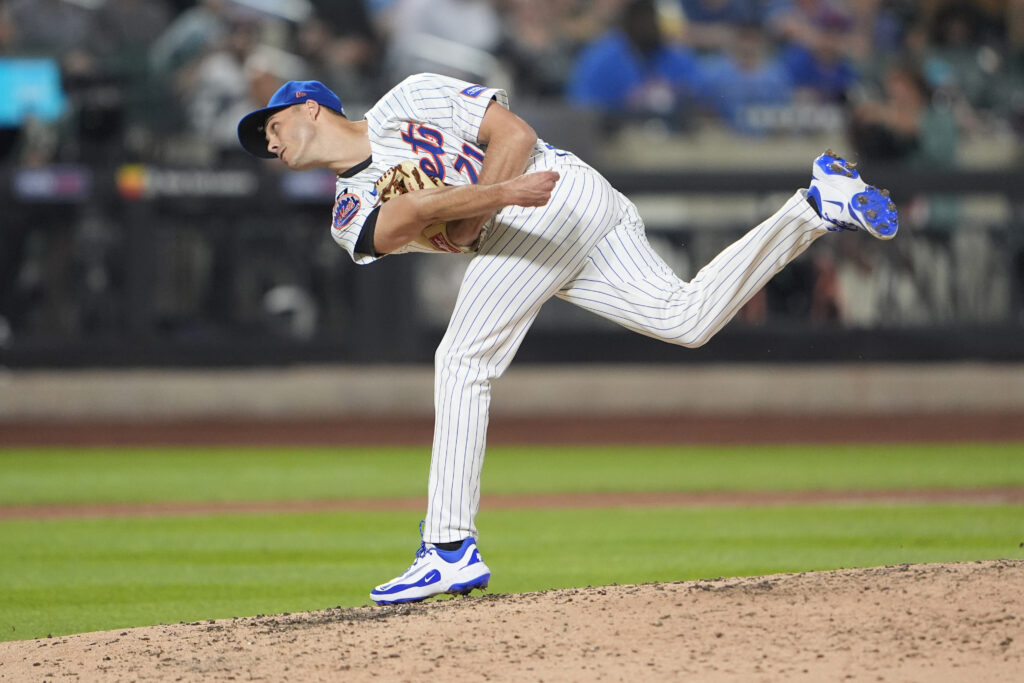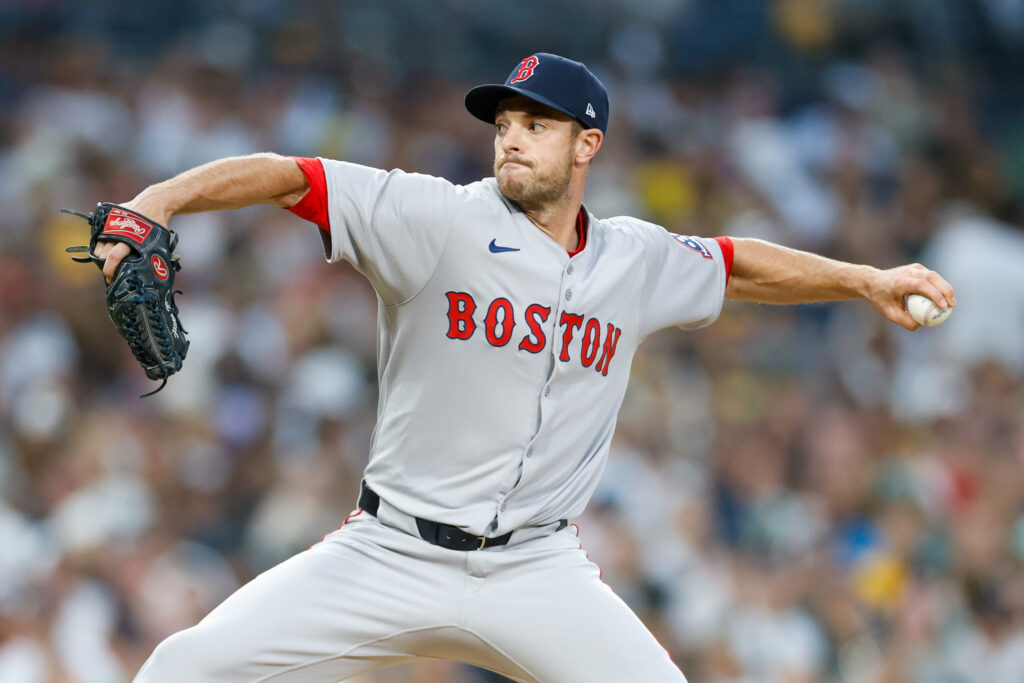Nobody ever said it would be easy to be a Tampa Bay Rays fan. From the beginning years of terrible play to the teasing of potential World Series victories, disappointment is part of the Rays’ experience. There is one area where the team excels more than others on the misery scale: trading of star players. From trading away up-and-coming prospects to fan favorites like Randy Arozarena and Zach Eflin, plus reliever Jason Adam, in the latest rash of trades over the past week, Rays fans know that getting attached to any player is a recipe for heartbreak. The one thing that Rays fans can take solace in is that history has shown the team to come out stronger in the long run.
The recent Rays trades show the past and future of how the team approaches roster management
Here We Go Again
It feels like every time there is even a small bit of excitement behind a Rays player, it spells an end to their time with the team. One of the first prime examples was outfielder Randy Winn. Part of the Rays expansion draft, Winn was an All-Star in 2002 when he hit .298 on the season with 75 RBIs. The team finished with a whopping 55 wins, but Winn was a sign of potential for the young team.
Winn was promptly traded in the offseason to the Seattle Mariners for manager Lou Piniella. Piniella would manage the team for three years and finish with a 200-285 record, never even sniffing a playoff appearance.
The team eventually improved and made a World Series appearance in 2008, where the team lost to the Philadelphia Phillies. A rag-tag team of castoffs and home-grown players, the Rays made an improbable run and became relevant on a national stage thanks to an overpowering starting rotation. And as any Rays fan has come to expect, they were quickly sold off.
The first true Rays pitching ace Scott Kazmir was traded away in late 2009 to the Los Angeles Angels. He was hampered by nagging injuries and other issues but was still a blow to a fanbase excited to finally have real star power.
Next came the trade of James Shields who had taken over as the starting rotation linchpin. Shields was traded to the Kansas City Royals after the 2012 season in which he won 15 games for the Rays.
David Price was the next pitching star to be traded away for prospects in a 2014 three-team trade with the Mariners and Detroit Tigers.
The one that hurt the most though was third baseman Evan Longoria. Part of that magical 2008 team, Longoria was the true heart and soul of the team for years. The team’s first Rookie of the Year award winner, Longoria was the face of the team for a decade until he was ultimately traded away to the San Francisco Giants following the 2017 season.
Addition By Subtraction
I give you all this background to give a better understanding of how the team has operated over the years. This is in large part because the Rays are considered a “small-market” team despite playing in one of the top 15 media markets in the country. Attendance has always been near the bottom of the league over the years, which many blame on the stadium’s location and age, a problem that looks to be remedied at least partially soon.
In turn, the team operates on one of the lowest payrolls in the MLB year after year, which in turn leads to them trading away players that may eventually become too expensive. It’s the harsh reality of a league with no salary cap and ballooning salaries.
Despite this, the Rays have been able to remain in contention for over a decade now thanks to these types of trades. By unloading players nearing the end of team-friendly contracts for young prospects with years of cheap team control left, the Rays can cobble together a competitive team nearly every season.
Look at Delmon Young, for example. The top pick in the 2003 draft, Young would show untold amounts of promise while dealing with behavior issues on and off the field. His stint as a Ray wouldn’t last very long, being traded away to the Minnesota Twins after the 2007 season. Part of the trade return was pitcher Matt Garza and shortstop Jason Bartlett, both of whom would be key starters in the 2008 World Series run for the Rays.
All told, what is now affectionately known as the Delmon Young Trade Tree has produced nearly 62 WAR for the Rays. Young himself was only about a 2.0 WAR player, meaning the Rays via that trade and subsequent others came out on top by about 60 wins. Those wins and the others culled from other unpopular trades are what have allowed the team to remain playoff contenders for so many years.
Same Same, But Different, But Still The Same
With rumors abound of more potential moves coming, it’s apparent that team management is happy to ride out the season and hope for an outside shot at a Wild Card spot. This may not sit well with fans hungry for playoff baseball, but there is more at play than just what is on the field.
All signs are pointing toward the Rays securing a new stadium deal in the coming months and are on the hook for about $700 million of the cost. By dealing away Eflin and his $18 million salary for next year in exchange for minor league prospects, there was a chance for some savings and restocking the farm system. The long-awaited return of starter Jeffrey Springs certainly helped the decision along.
Coupled with the returns of Taj Bradley and Shane Baz earlier in the season, Springs making his season-debut signals that the team is finally getting back to full strength with a strong rotation of starters. If Shane McClanahan were to come back in early 2025, the team would like the 2008 squad all over again: a stable of dominant pitchers with a hodgepodge of position players who can score enough runs to make a deep playoff push.
And should they find that success, we’ll be back here over the next few seasons writing and reading about how the pitching staff was sold off for prospects to reload.
Such is life as a Rays fan.
Main Image: Nick Turchiaro-USA TODAY Sports



